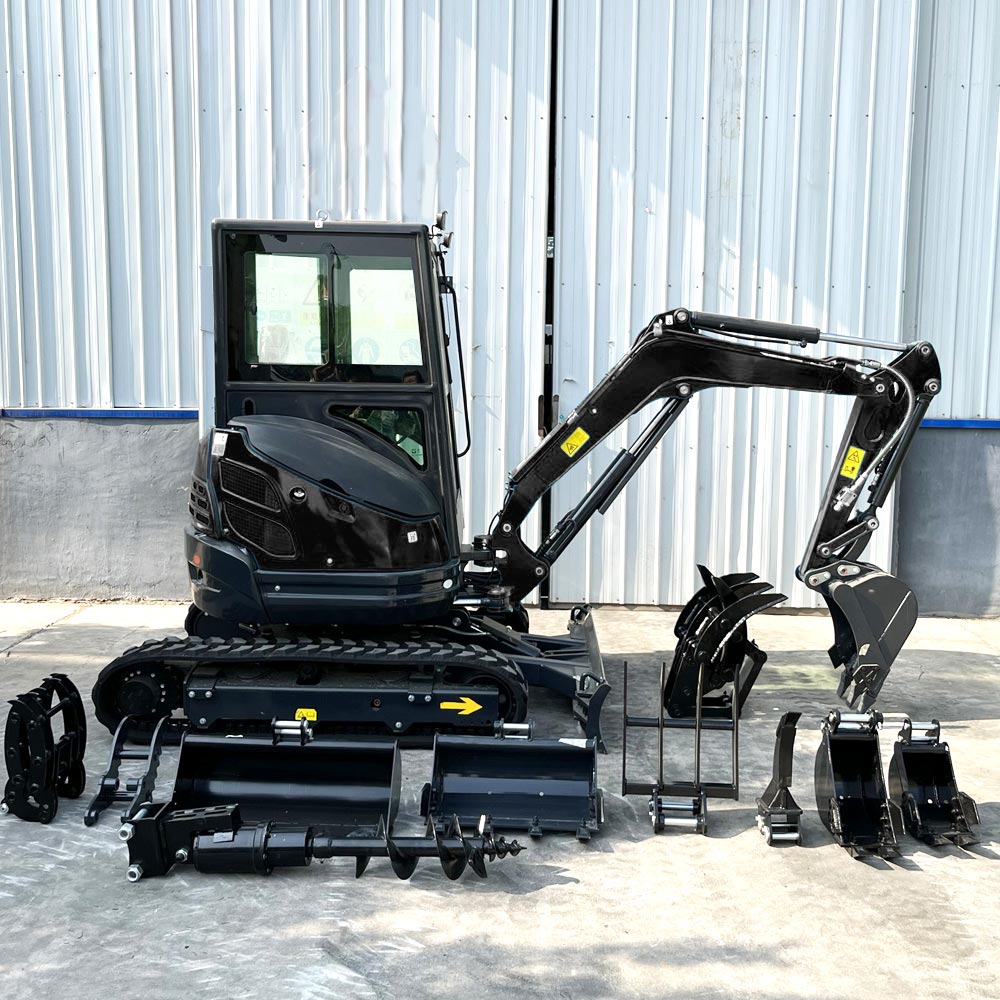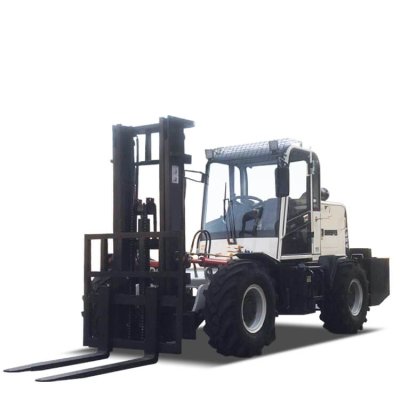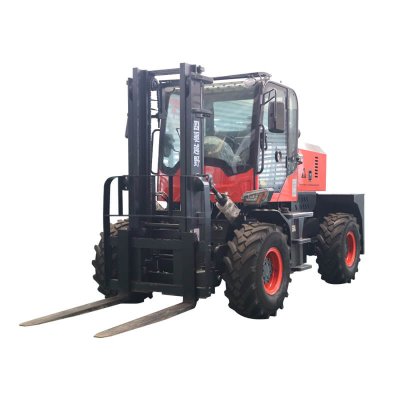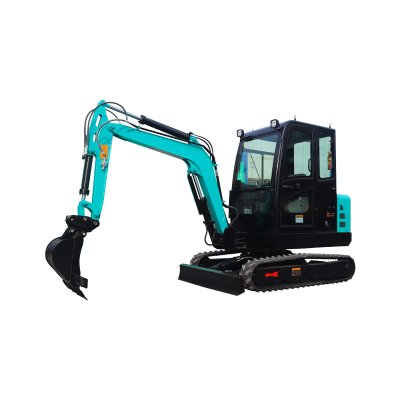Key Safety Features Every Excavator Operator Should Know
Excavators are powerful and essential machines used in various industries, particularly in construction. However, their large size and powerful functions also pose significant risks. To ensure both operator safety and the safety of others around the machine, excavators are equipped with several safety features. Here are the top safety systems every excavator operator should be familiar with:
Rollover Protection System (ROPS)
Excavators often operate on uneven terrain or sloped surfaces, which increases the risk of tipping over. To safeguard the operator in case of a rollover, excavators come equipped with a Rollover Protection System (ROPS). This sturdy structure is designed to protect the operator by providing a protective framework around the cab. It’s essential for operators to always fasten their seatbelts, as this further enhances the protection provided by the ROPS.
Fall Protection Features
Climbing in and out of an excavator can pose a risk of falls, especially on wet or slippery surfaces. Excavators are designed with fall protection features like anti-slip steps, handrails, and secure entry platforms to reduce this risk. These systems are critical for ensuring operators can safely enter and exit the machine without the danger of slipping.
Improved Visibility and Monitoring Systems
Due to the excavator’s large size, operators often face limited visibility, especially when working in confined spaces. Modern excavators are equipped with advanced safety technology, such as rearview cameras, proximity sensors, and backup alarms. These systems enhance situational awareness, alerting operators to nearby obstacles, workers, or other machinery, which significantly reduces the chance of accidents during reversing or maneuvering.
Hydraulic Safety Lockout
During maintenance or repair activities, the excavator’s hydraulic system can cause unintended movements of the boom or bucket. To prevent this, excavators include hydraulic safety lockout systems, which immobilize the hydraulic functions, ensuring that the boom and attachments remain still while the operator works on the machine.
Load Capacity Monitoring
Excavators are used to lift and transport heavy loads, but exceeding the machine’s capacity can lead to dangerous situations like tipping or mechanical failure. Many excavators come with load monitoring systems that track the weight of the material being lifted, ensuring the operator doesn’t exceed the machine’s safe load limit. This feature is vital for maintaining stability and preventing accidents caused by overloading.
Emergency Stop Controls
In emergency situations, operators must have a quick and reliable way to stop the machine. Excavators are equipped with easy-to-reach emergency stop buttons that allow operators to immediately halt all functions of the machine. Familiarity with these emergency controls is crucial for operators to respond effectively in critical situations.
Comprehensive Operator Training
While safety features are essential, the most important factor in preventing accidents is a well-trained operator. Proper operator training is key to understanding the excavator’s safety systems, how to operate the machine efficiently, and how to identify potential hazards on-site. Operators should also undergo regular safety drills to keep their skills sharp and stay updated on safety best practices.
In conclusion, excavators are indispensable for many heavy-duty tasks but come with safety risks. Understanding and utilizing safety features such as ROPS, visibility aids, hydraulic lockouts, and emergency stop mechanisms is essential for reducing these risks. When combined with thorough operator training, these systems ensure a safer working environment for all.




